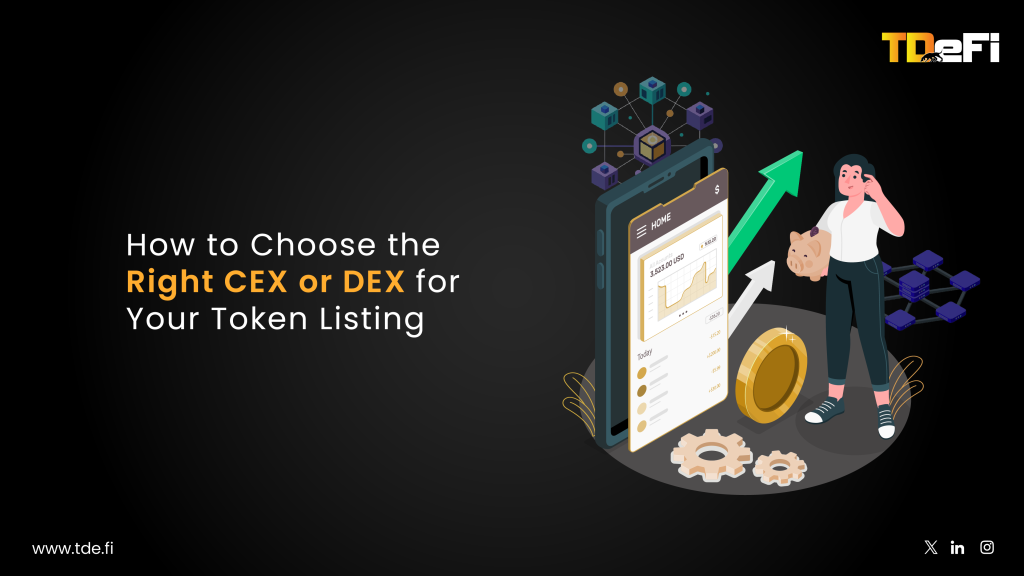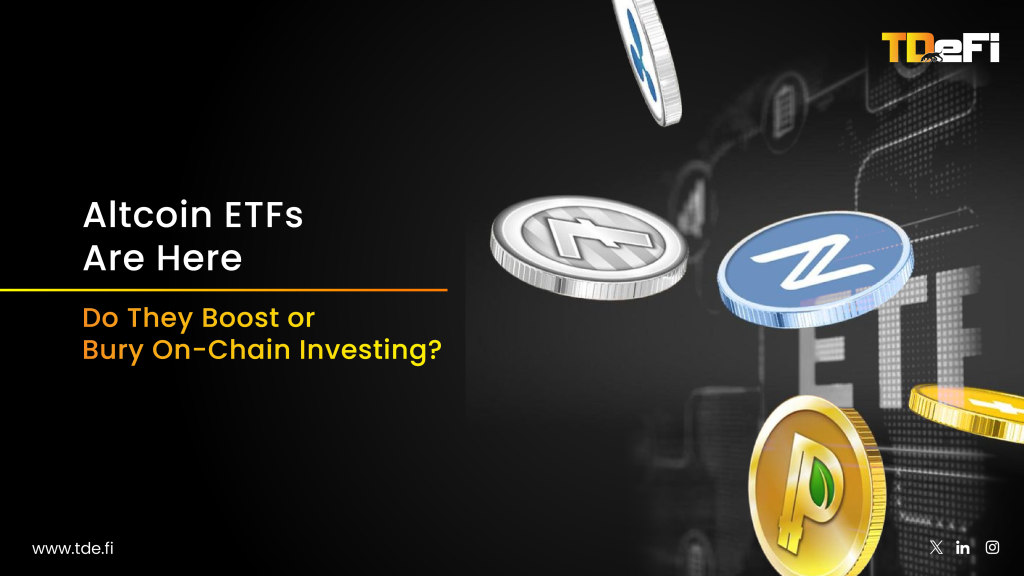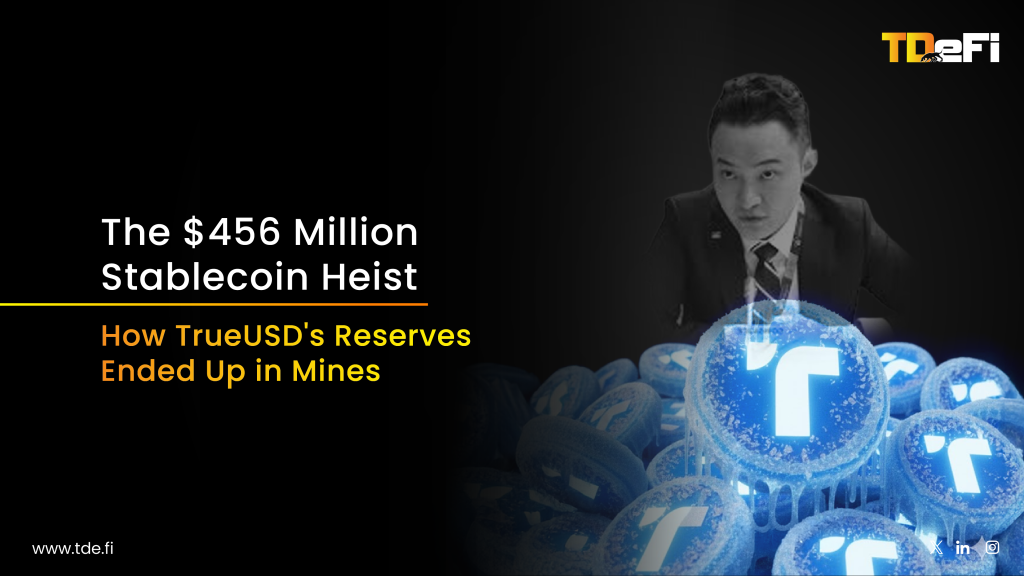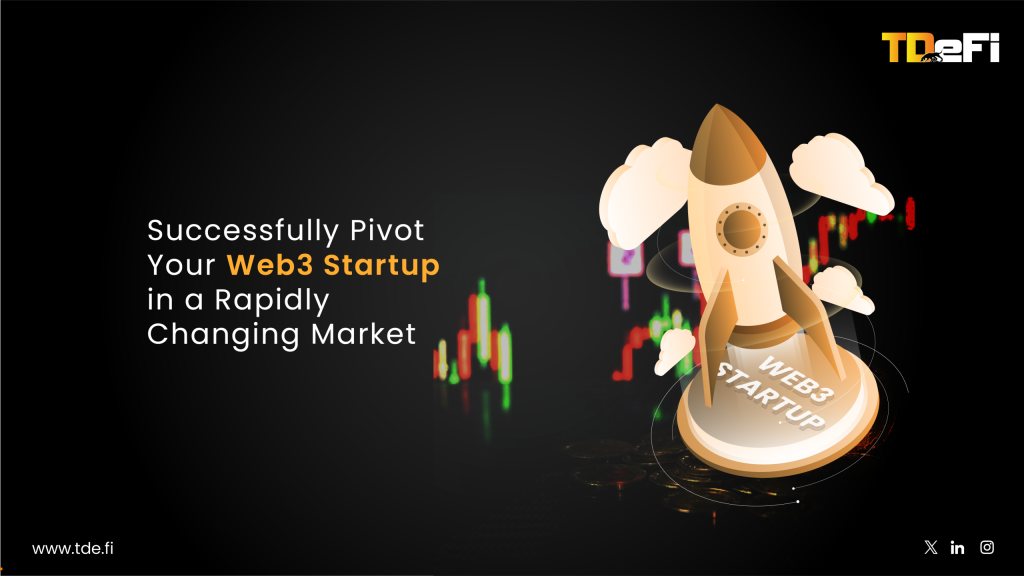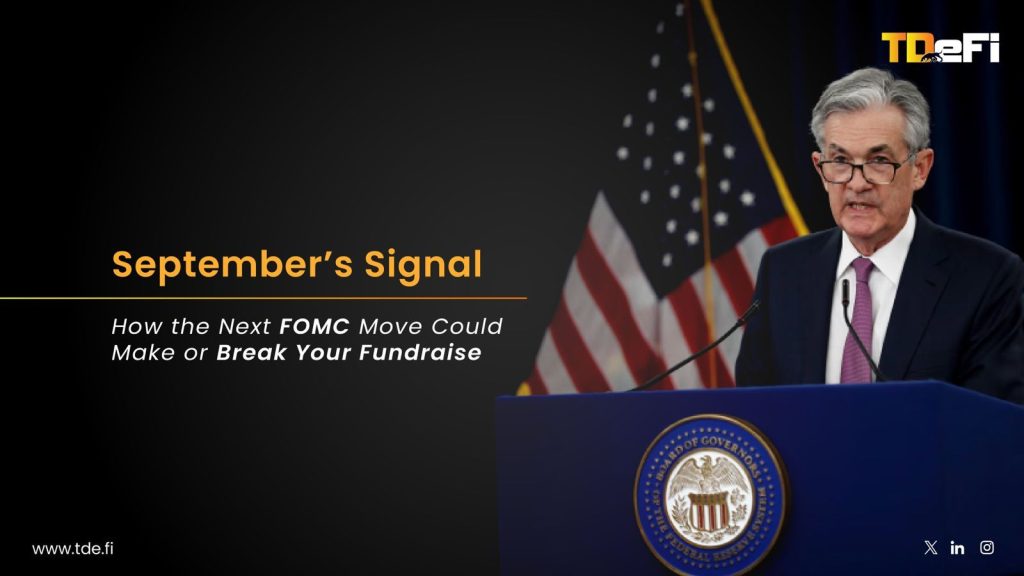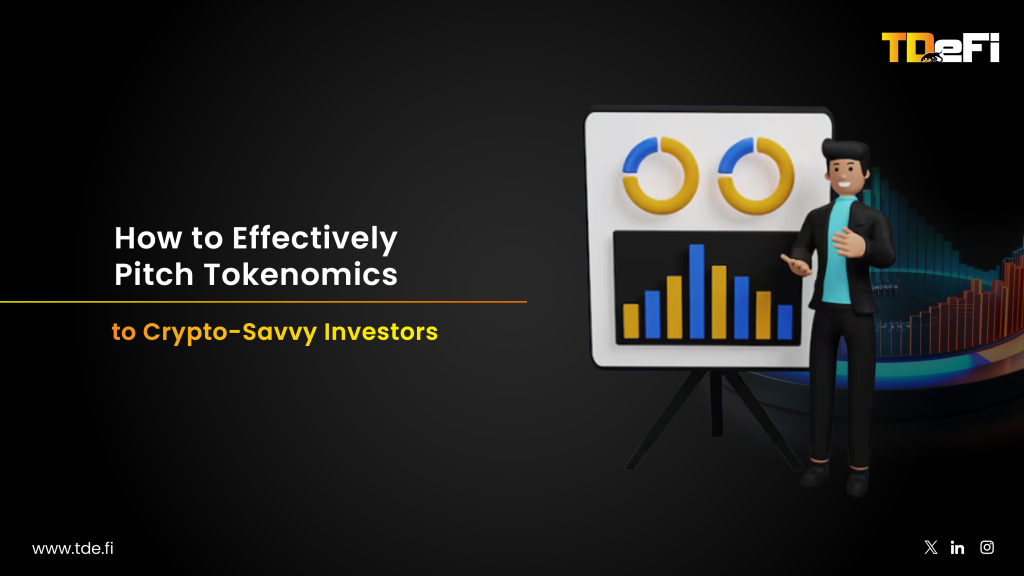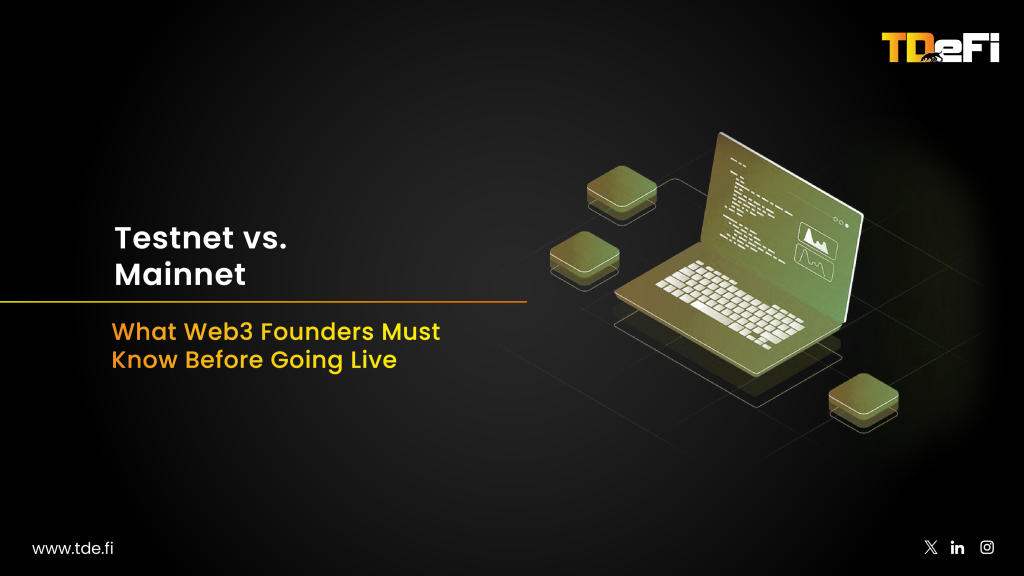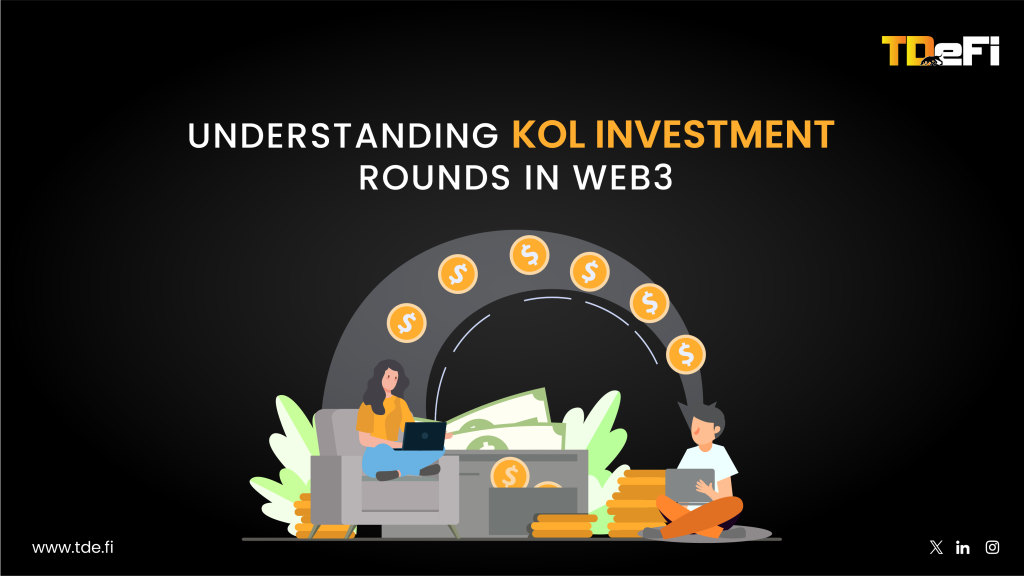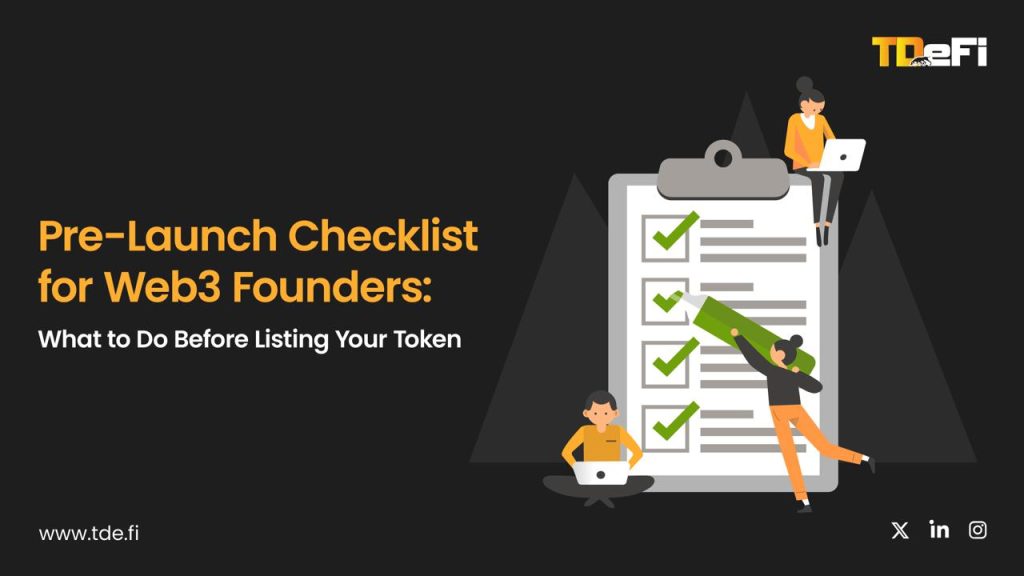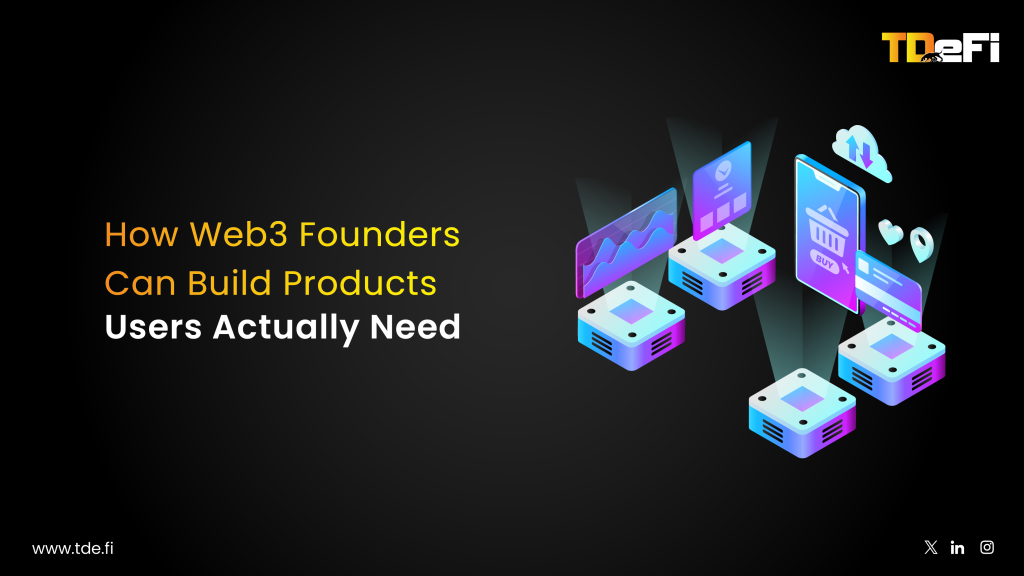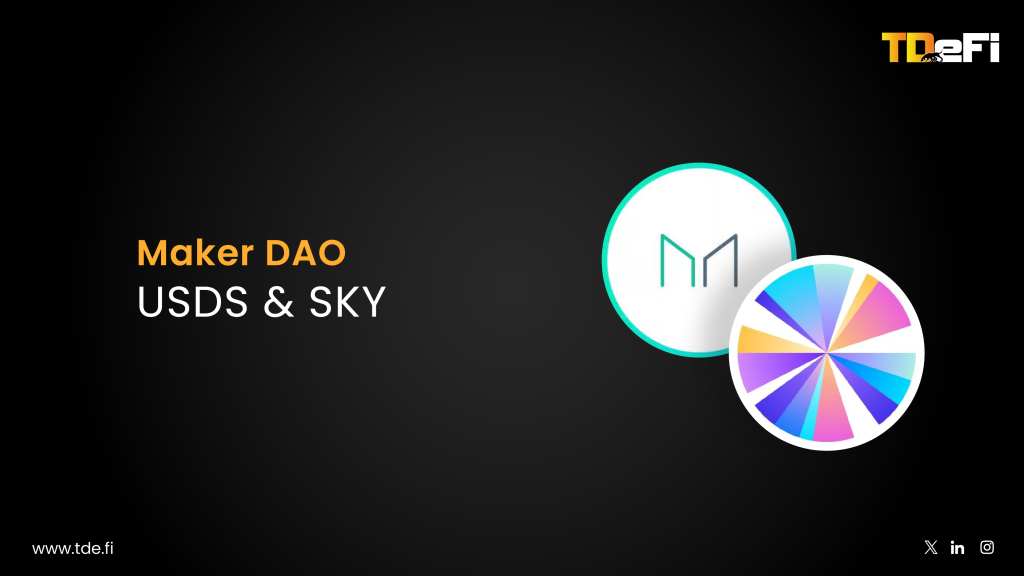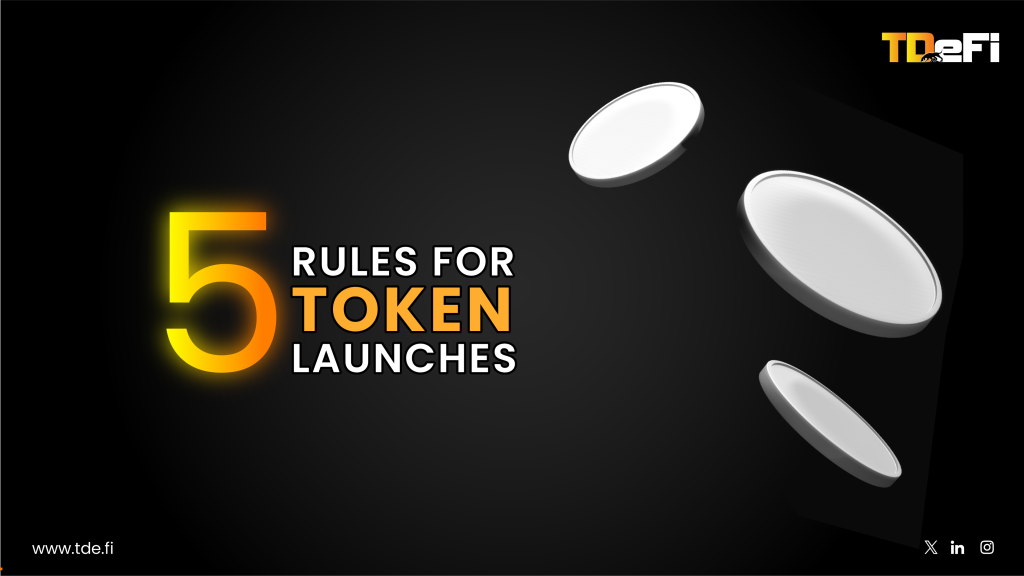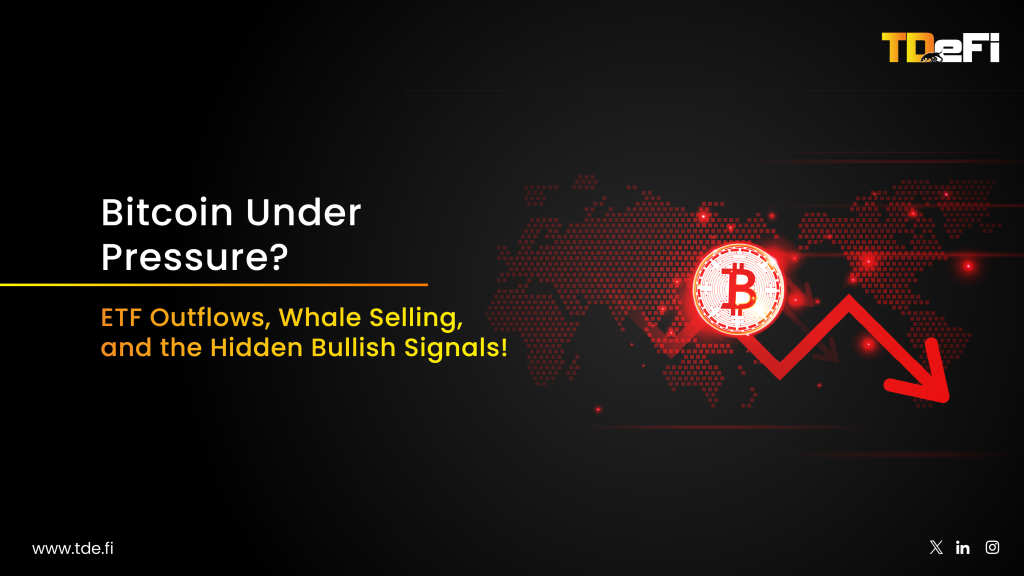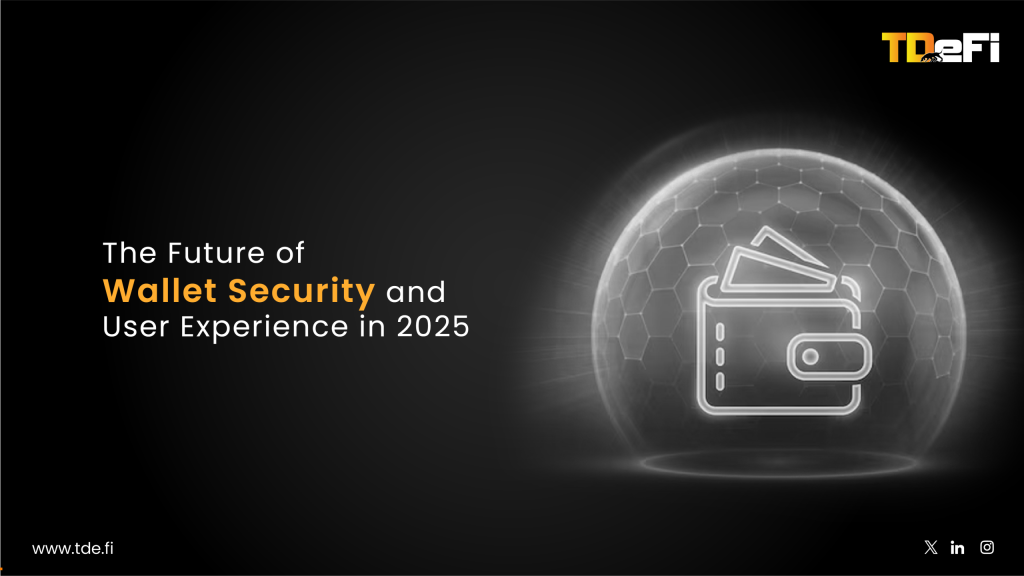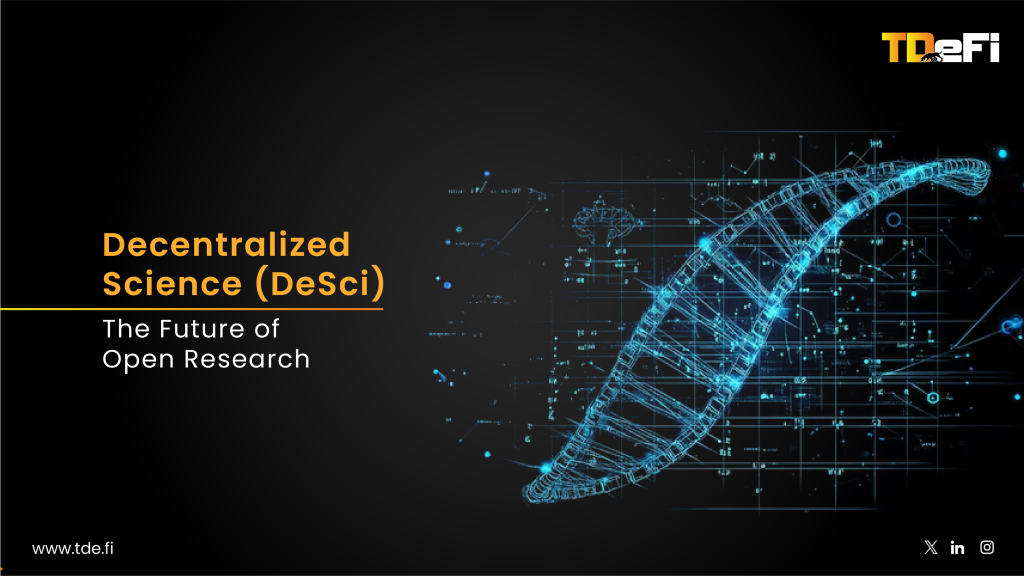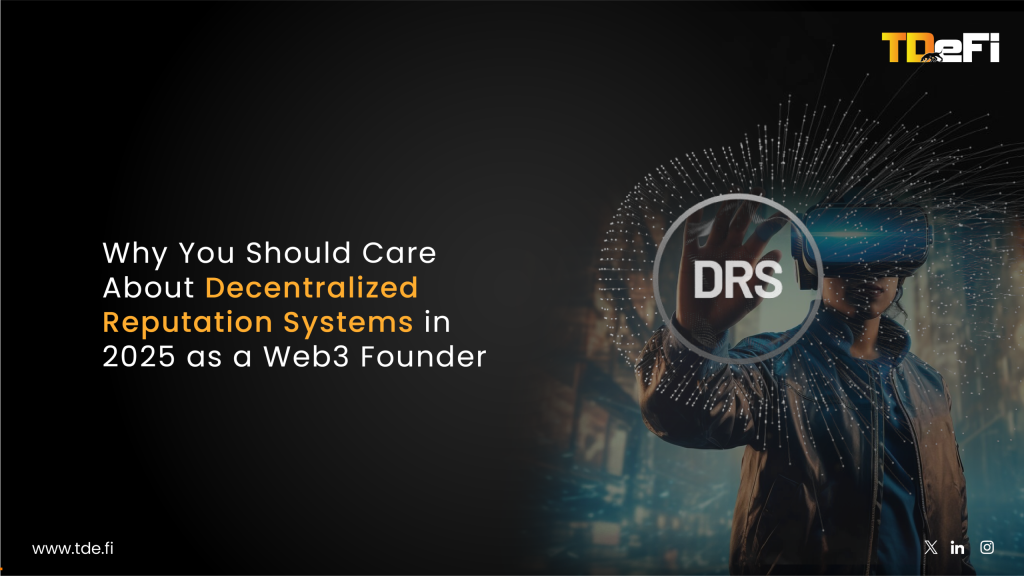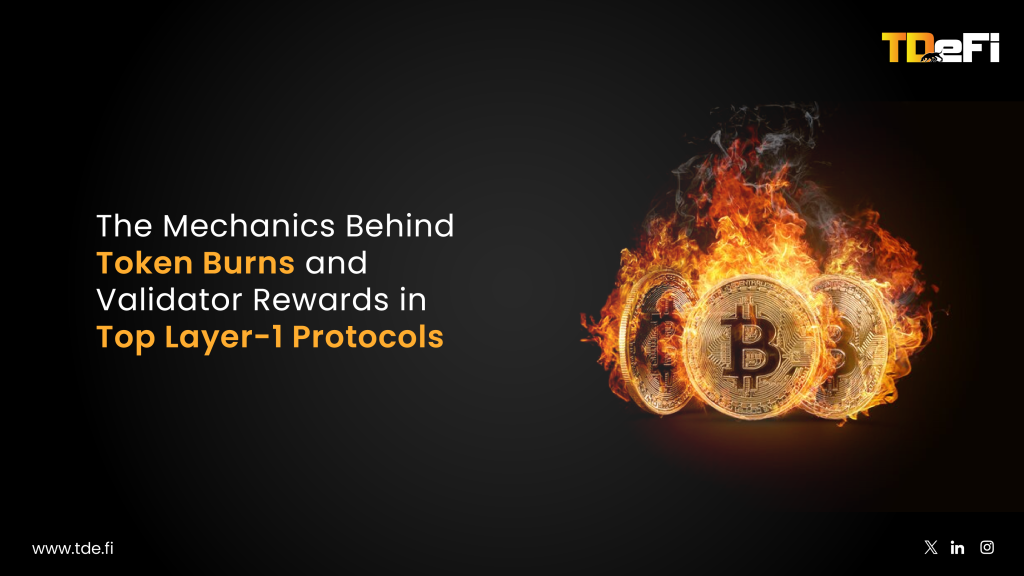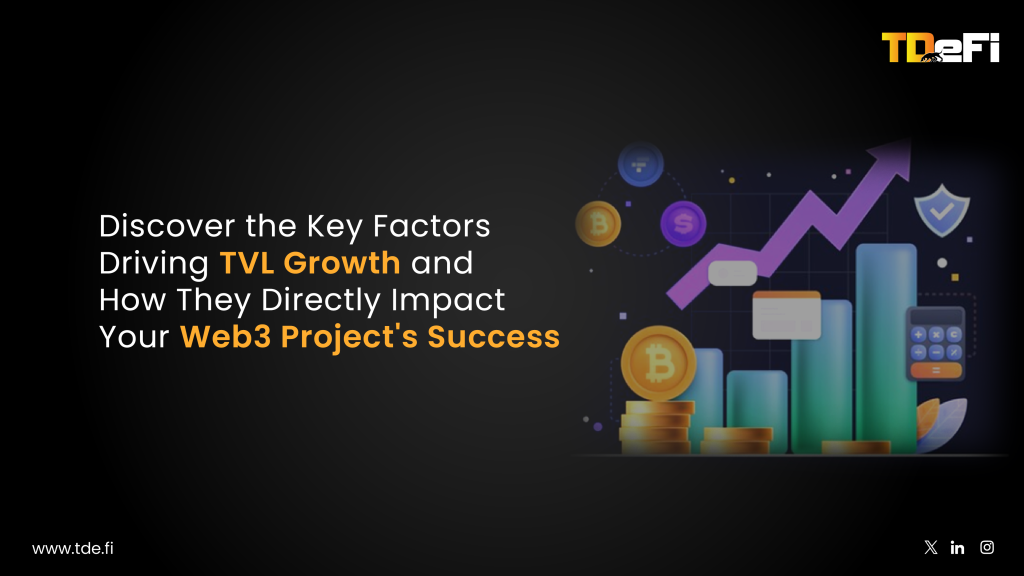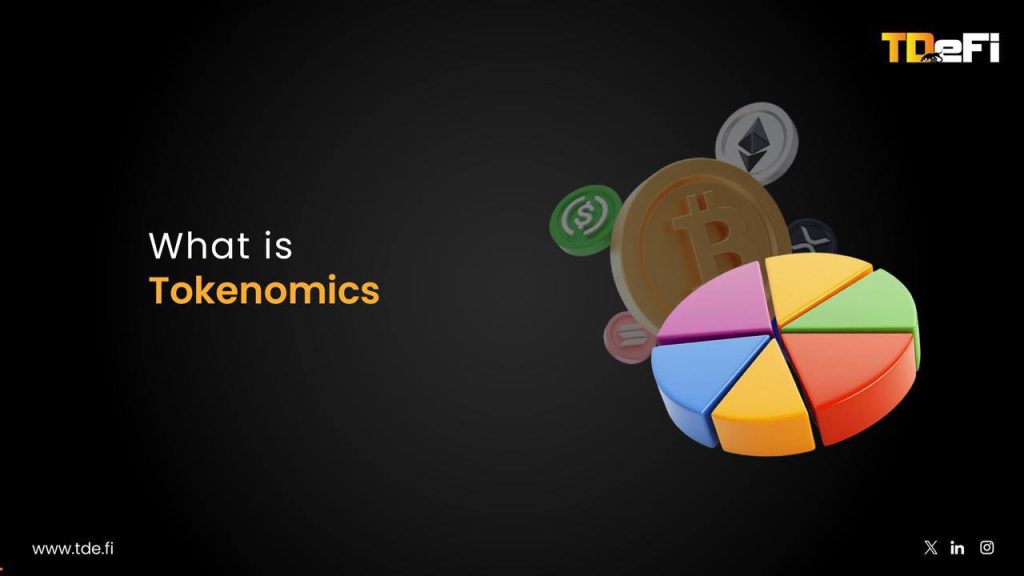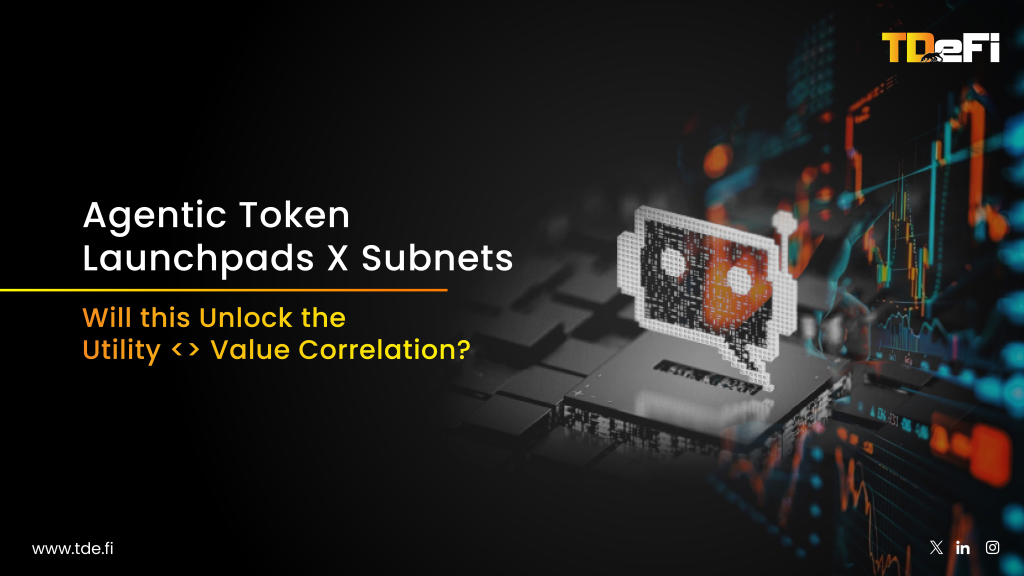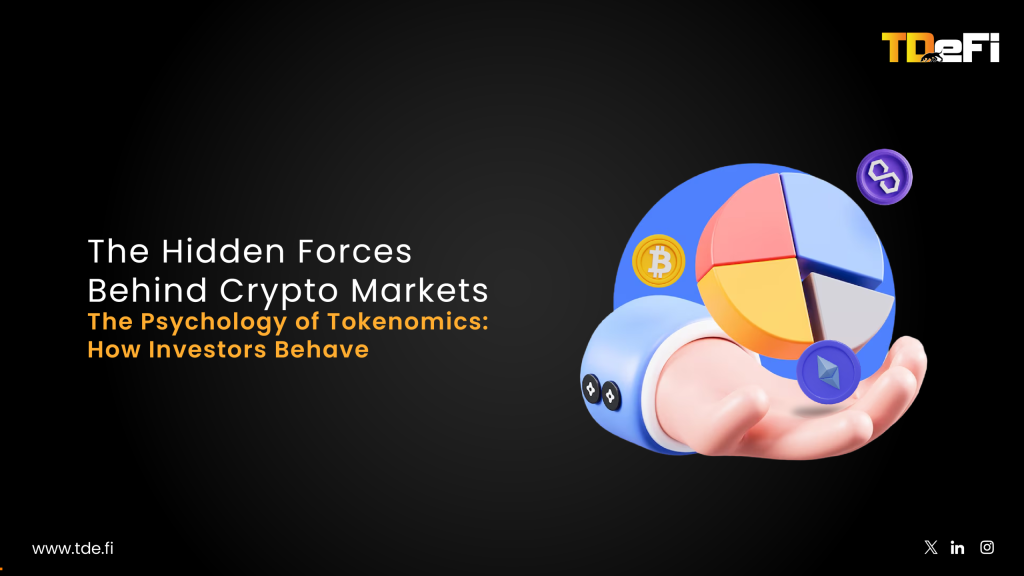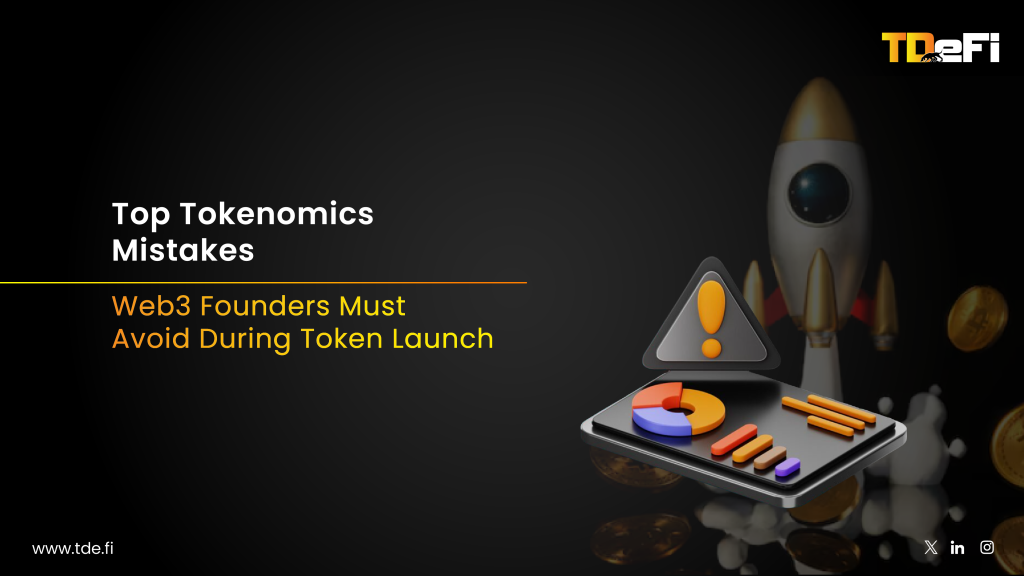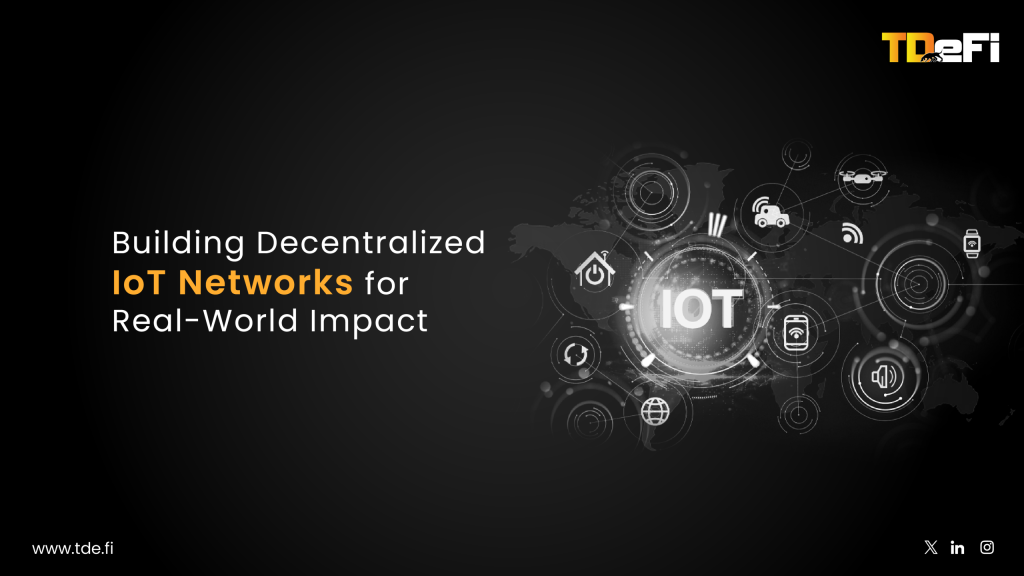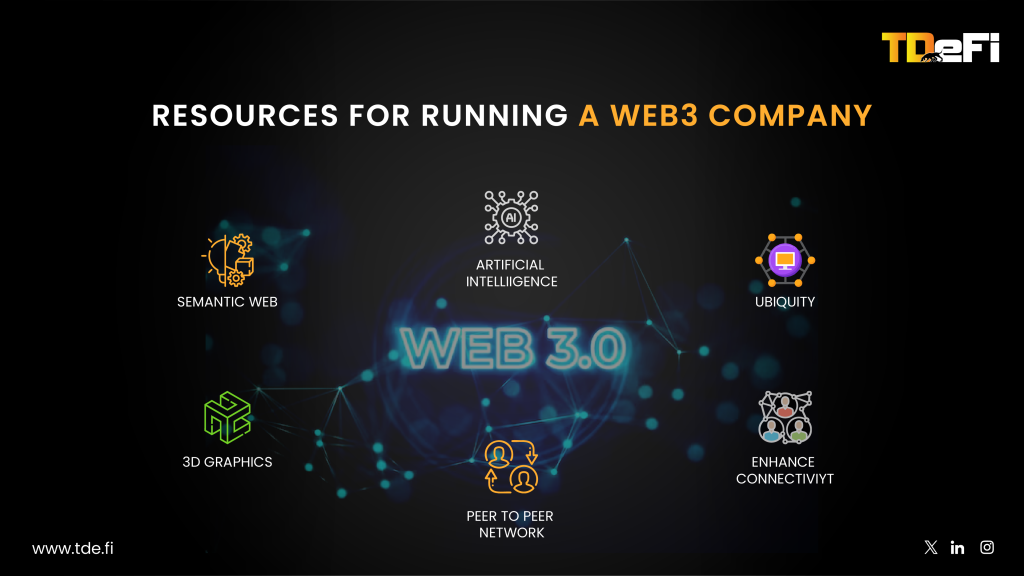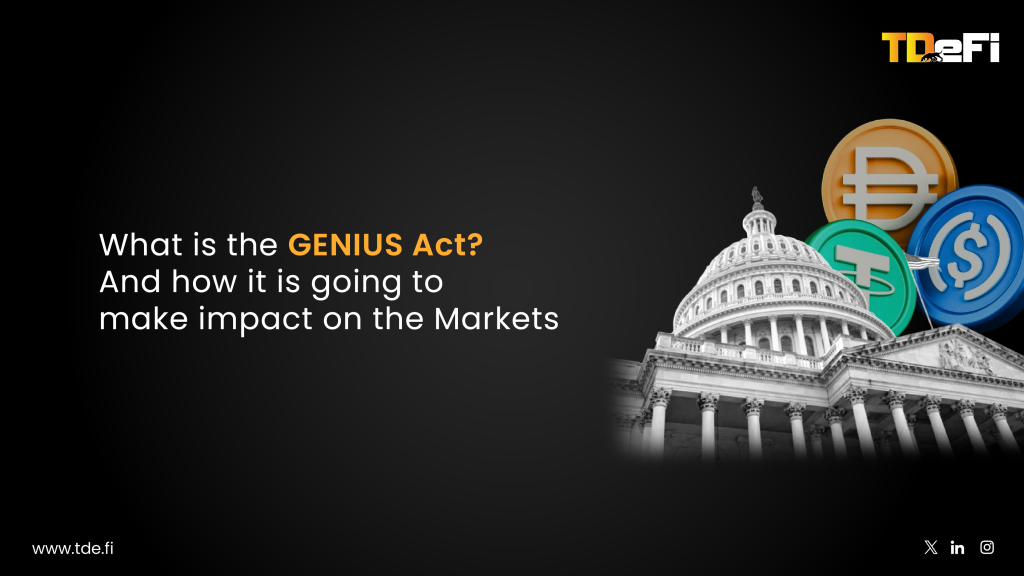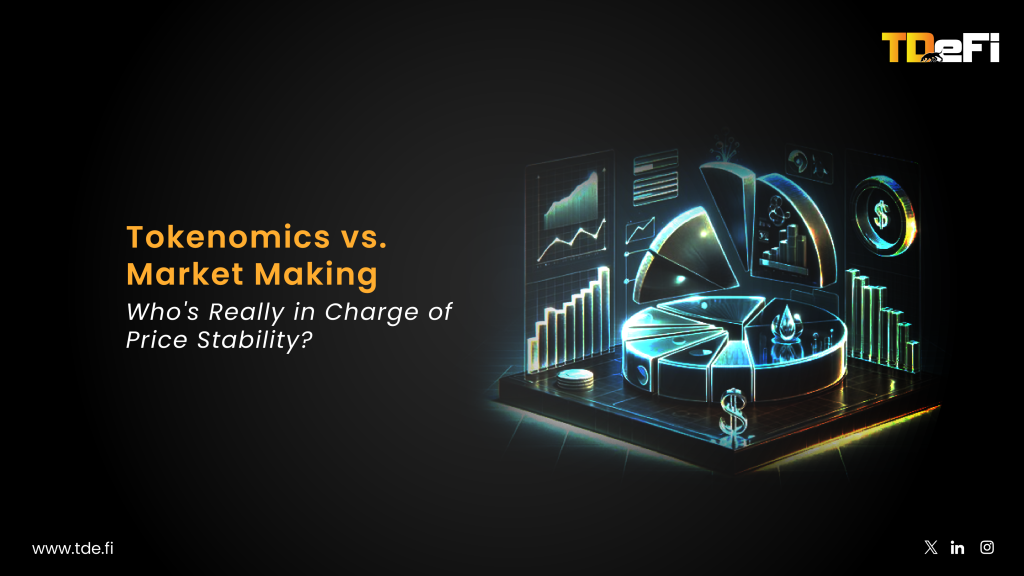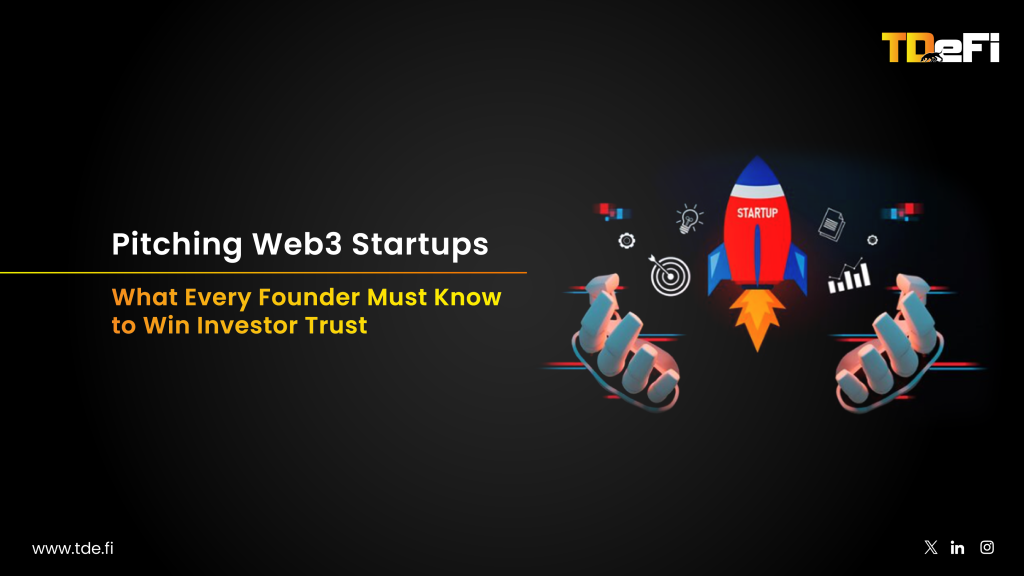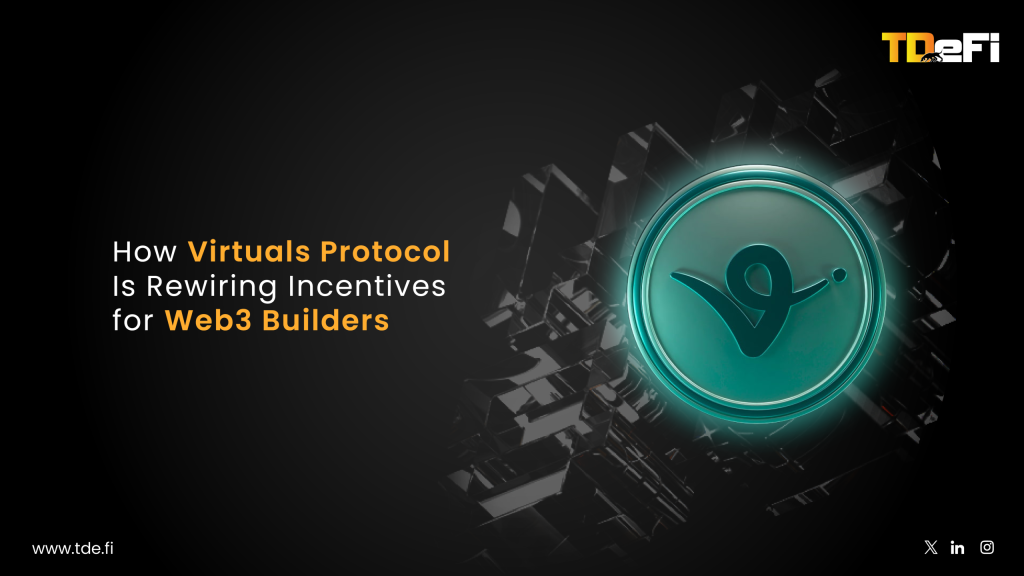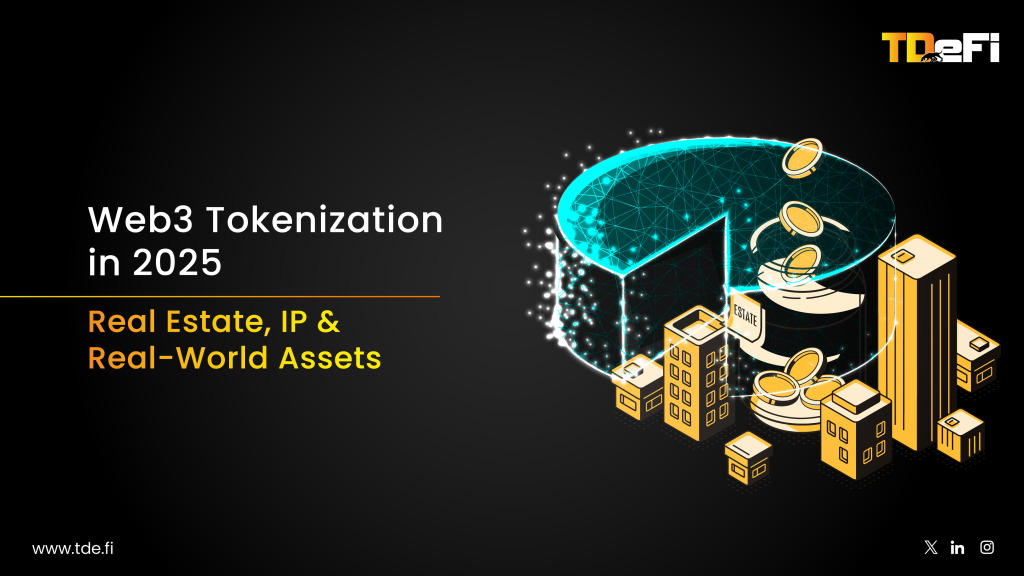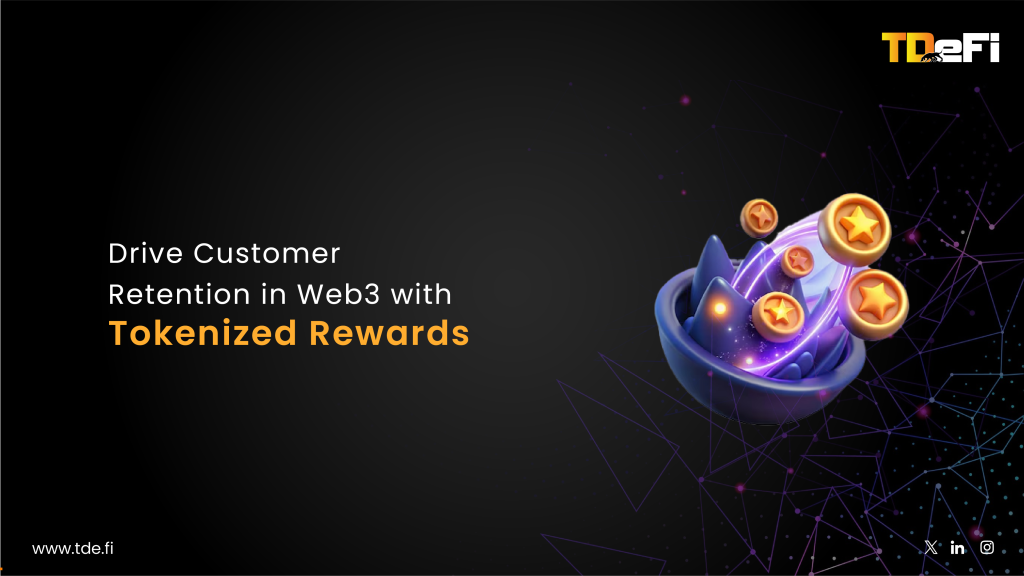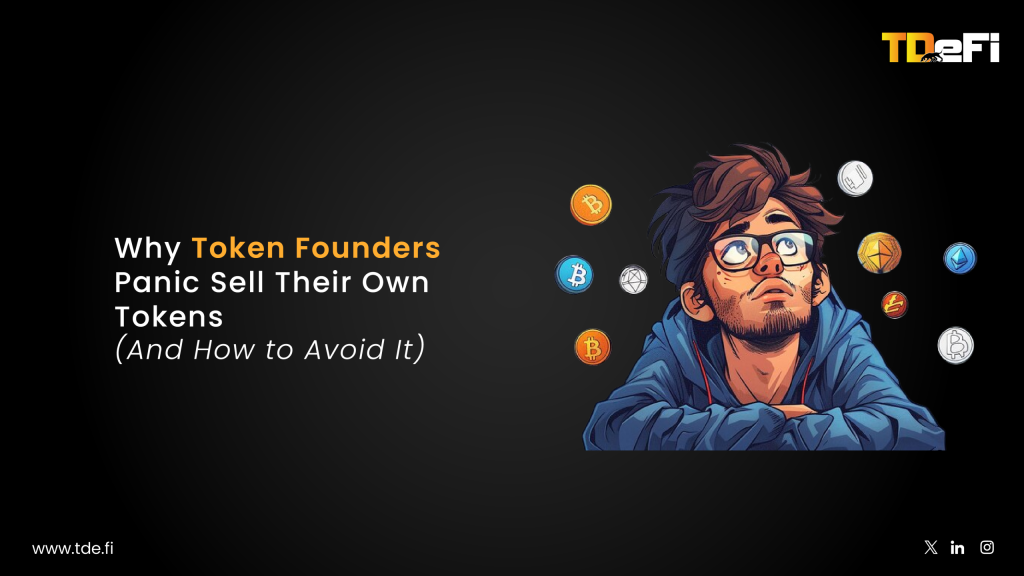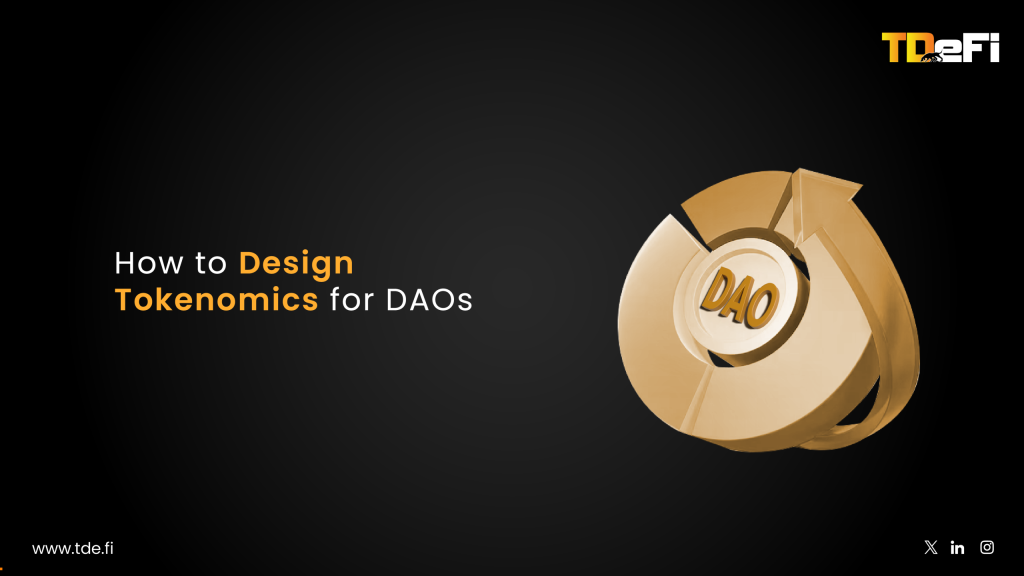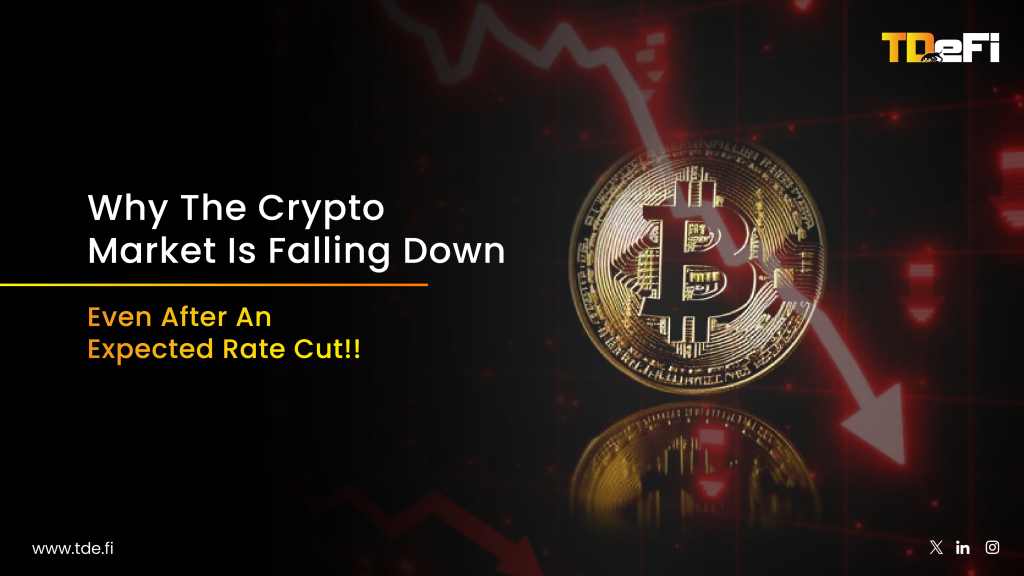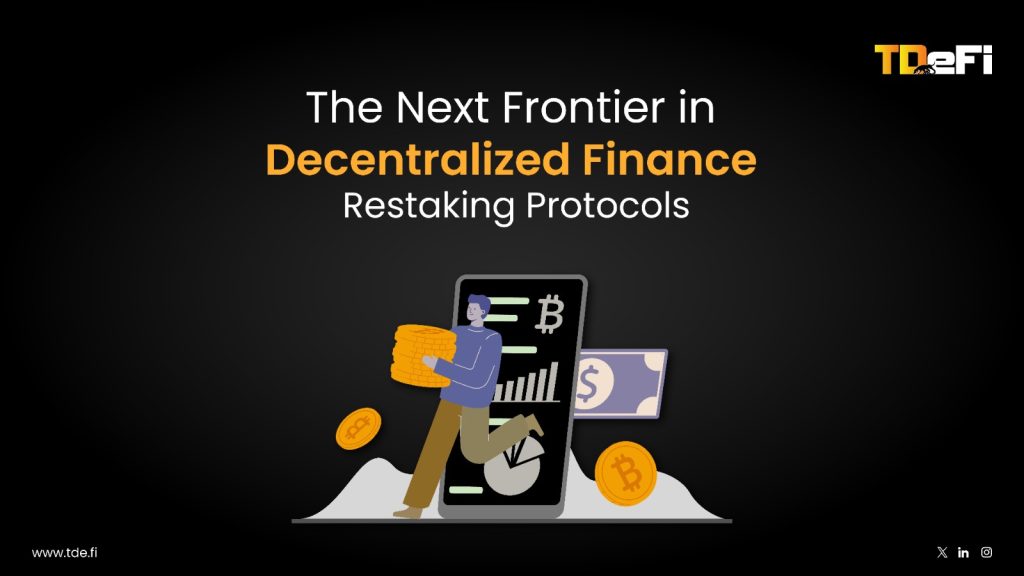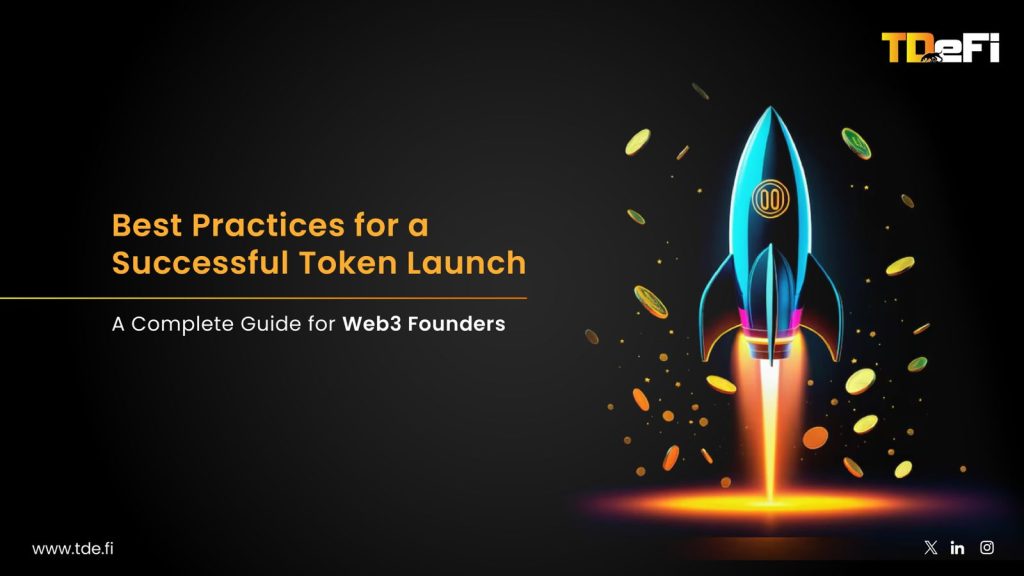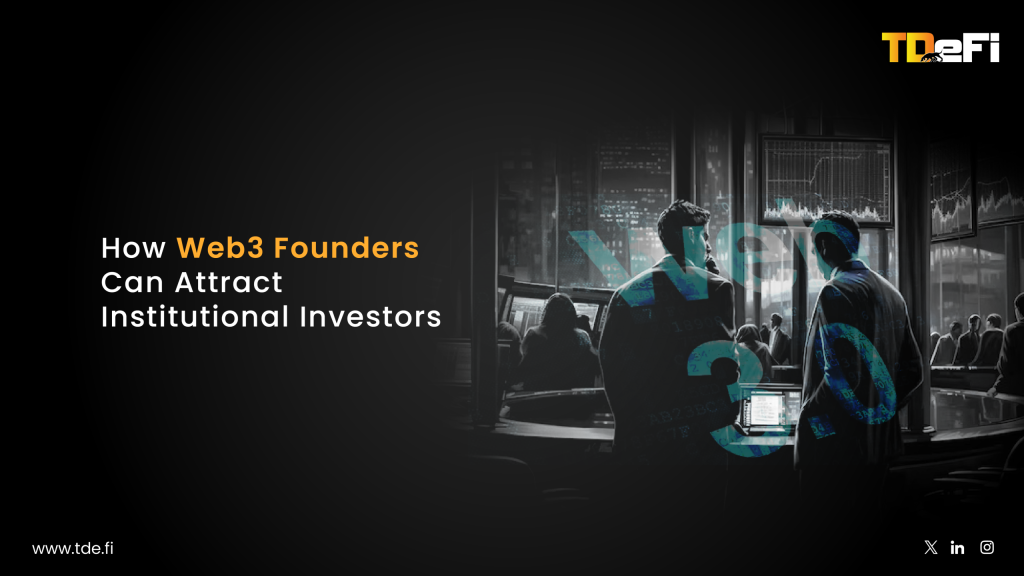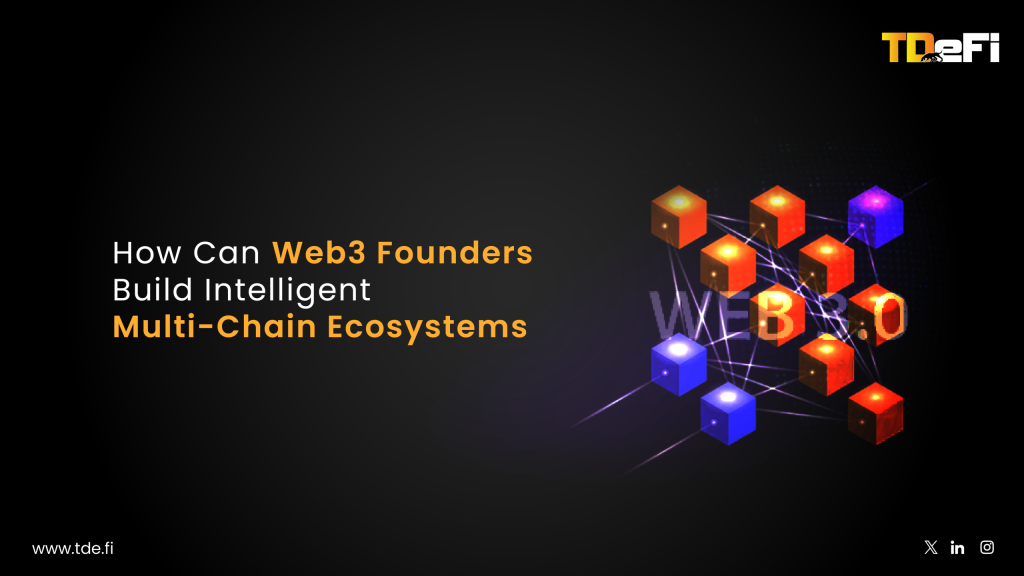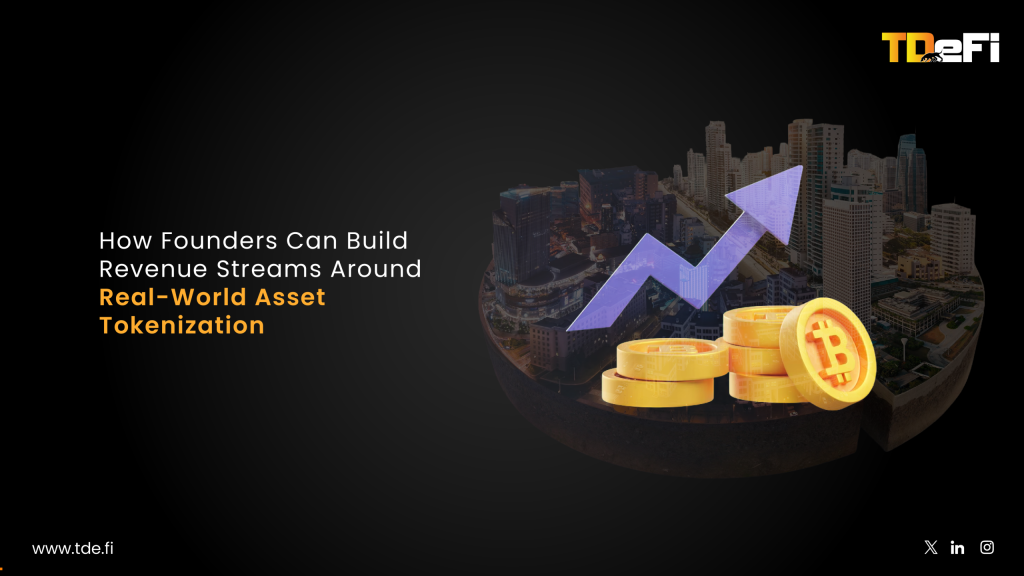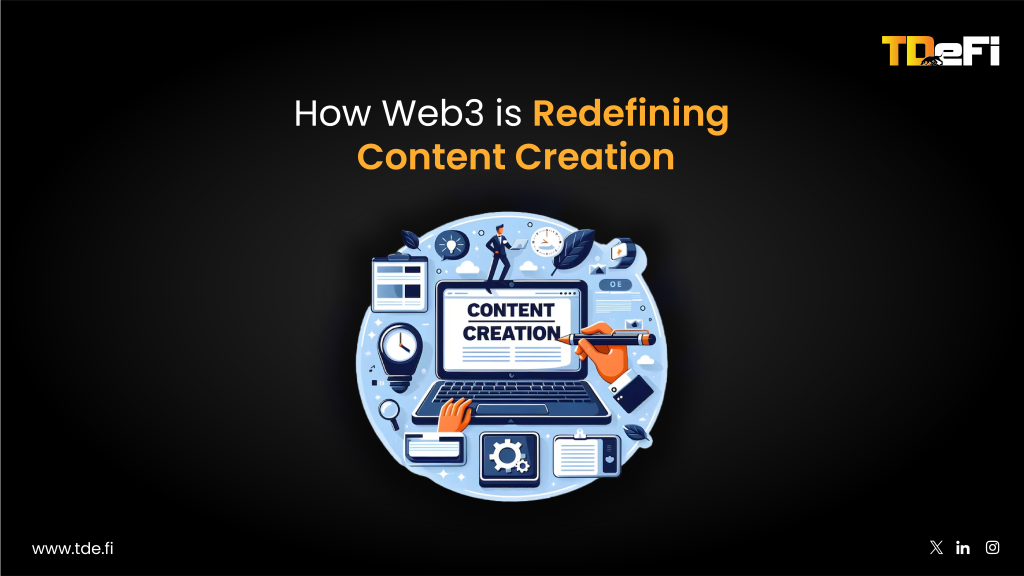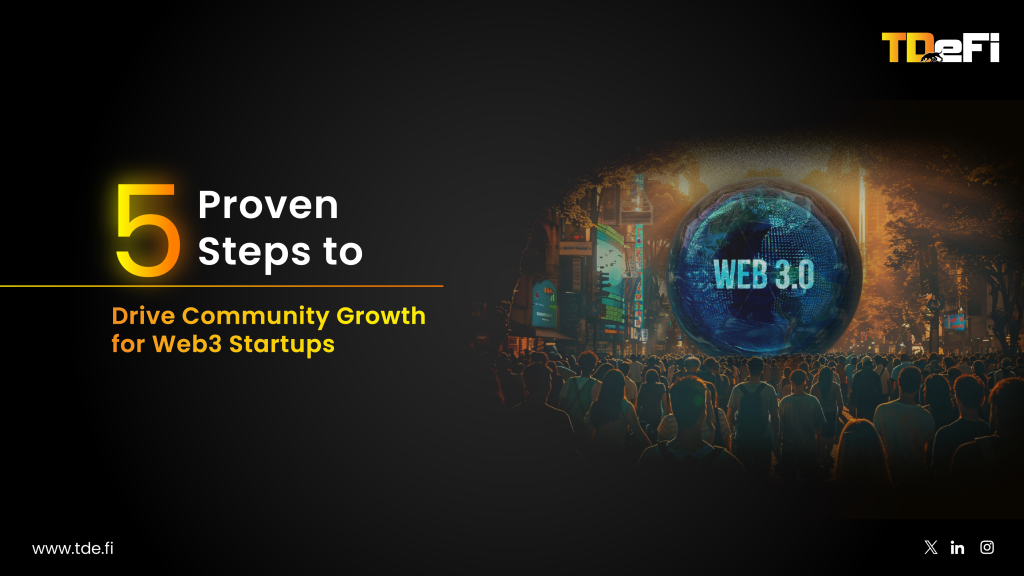For years, crypto-native prediction markets were seen as a niche corner of the internet. But a quiet transformation has occurred. Between 2023 and 2025, the sector has matured from a speculative playground into a robust, multi-billion dollar industry. The twist? The sector’s true scale is masked because its biggest players either don’t have a token or aren’t on-chain.
A look at the numbers reveals a two-pronged industry taking shape: one built on the global, crypto-native rails and the other on regulated, US-compliant platforms. This isn’t just about betting on elections anymore; it’s about creating a new asset class for event-based data, and institutional players are taking notice.

How Prediction Market Works
- we pick an event with a yes/no outcome (like “will it rain tomorrow?”)
- we buy a ticket for “yes” or “no” at the current price
- prices change as more people bet, just like a scoreboard shifting
- we can hold our ticket until the event happens or sell it early if you change your mind
- when the event is decided, winning tickets pay $1 each, losing tickets pay $0
The Two Faces of the Market: Crypto vs. Compliance
The prediction market landscape is dominated by two distinct models, each with massive scale.
Let’s see how this works:

First, there’s the crypto-native champion, Polymarket. Operating without a token, it showcased the explosive potential of the model during the 2024 election cycle.
- Massive Growth: Trading volume skyrocketed an incredible 48x, from just $54 million in January 2024 to over $2.6 billion in November 2024.
- Sustained Activity: Even in a non-election year, the platform is thriving. In June 2025, it processed $1.16 billion in volume with nearly a quarter-million active traders.
This proves the power of a global, crypto-based system to attract liquidity and users for high-stakes events.
On the other side of the aisle is Kalshi, a U.S.-based platform regulated by the CFTC. Instead of crypto rails, it uses traditional financial plumbing, making it accessible through brokerages.
- Impressive Scale: In a single week in September 2025, Kalshi handled over $500 million in volume, capturing more than 60% of the market share during that period.
- “Unicorn” Valuation: The market’s confidence in this regulated model is clear. Kalshi achieved a $2 billion valuation following a $185 million fundraise in June 2025.

Follow the Money: Where Value is Really Created
So, if not in token prices, where is the value accumulating? The business model is surprisingly straightforward and focuses on two key areas: trading and data.
- Venue Economics: The platforms themselves are the biggest winners. They earn revenue through trading fees, which are a small percentage of the massive volumes they process.
- Data Monetization: This is the emerging, high-growth frontier. The probabilities and sentiment generated on these platforms are incredibly valuable data. They act as a real-time pulse on public opinion for everything from economic events to political outcomes.
The most significant signal of this shift is the landmark announcement on October 7, 2025: Intercontinental Exchange (ICE), the owner of the New York Stock Exchange (NYSE), plans to invest up to $2 billion in Polymarket. The deal, valuing Polymarket at around $8 billion, explicitly states that a key goal is to distribute its event-data as an institutional product. This move legitimizes prediction market data as a valuable feed for financial desks and analysts worldwide.
And there is a recent news that, Kalshi raises $300 million at $5 billion valuation
The geography of permission
Kalshi is federally regulated in the U.S. and is pressing distribution through brokerages (Robinhood today; more reportedly in the pipeline). But state-level friction on sports contracts is real, creating a patchwork of cease-and-desists and litigation. That’s the surface area you must manage in messaging and market design. 
Polymarket, historically geofenced from U.S. users, just got heavyweight validation: ICE’s up-to-$2B deal and a path to U.S. operations via regulatory maneuvers and acquisitions. Directionally, that means more overlap in addressable liquidity over the next few quarters. 
Investor takeaway: Jurisdiction no longer looks like a moat; it’s a staging ground. Distribution will matter more than domicile.
The seasonality engine: elections, sports, macro
Event trading is attention-arbitrage. Attention is seasonal.
- Sports dominates U.S. retail flow: In early spring, ~79% of Kalshi contracts were sports-related; by late September weekends, > $500M in two days flowed through sports, with football the lead magnet.
- Politics is Polymarket’s core franchise: Election cycles act like recurring “earnings season” for civic narratives; volumes and OI cluster around debates, polls, and legal milestones.
- Macro headlines create tradable spikes: CPI days, rate decisions, and “surprise” geopolitics generate short, violent attention waves—ideal for markets with low switching costs and social distribution.
Build calendars, not catalogs. Publish forward guidance for attention—your next 60–90 days of markets.
Where the opportunity is (if you’re early)
- Data products for pros: Price each market like an explainable feature. Create dashboards that transform yes/no odds into basis points of implied policy, earnings, or schedule risk. ICE distributing Polymarket data tells you who’s coming to buy it.
- Market-making & fee design: Depth attracts press; press attracts depth. Subsidize tight spreads on marquee markets during news windows, then harvest long-tail fees.
- Creator-market partnerships: Treat top X accounts as co-issuers. Co-brand pages, attribution links, rev-share on liquidity added, and “KOL leaderboards” by realized PnL routed.
- Cross-venue hedging: Sports- and macro-heavy weeks on Kalshi can hedge narrative-driven exposure on Polymarket (and vice versa). Build internal playbooks for “event calendars” that map the attention P&L of your treasury.

Final thoughts
If 2024 proved prediction markets can call elections better than most pundits, 2025 is proving they can reprice attention itself. One leg is regulated and U.S.-native; the other is crypto-native and culture-led.
The central question is no longer “Is this real?” but “How big can it get?”. With the industry splitting into regulated and crypto-native powerhouses, the next chapter will be defined by execution, mainstream distribution, and the transformation of public opinion into a tradable, institutional-grade asset.


